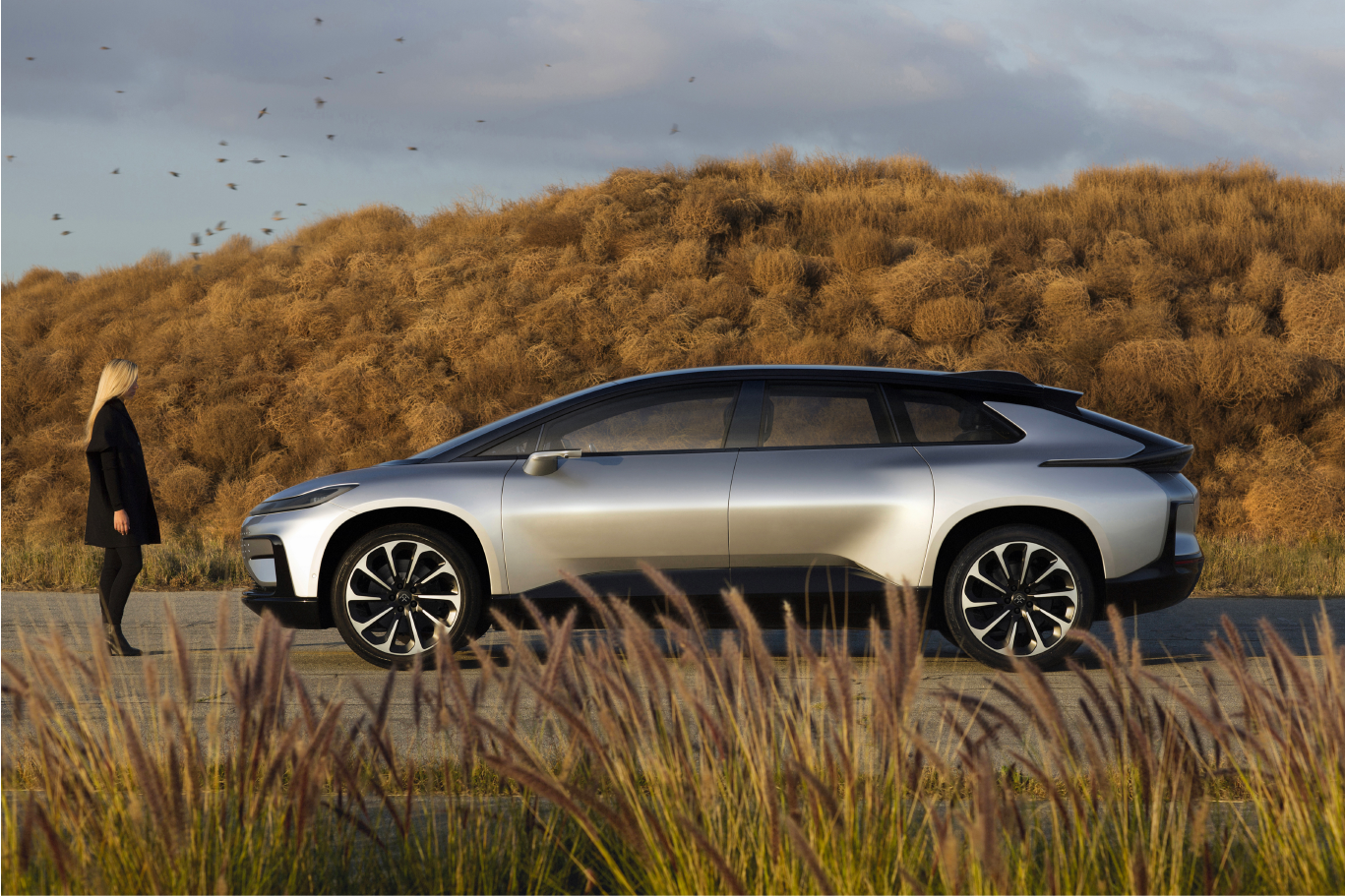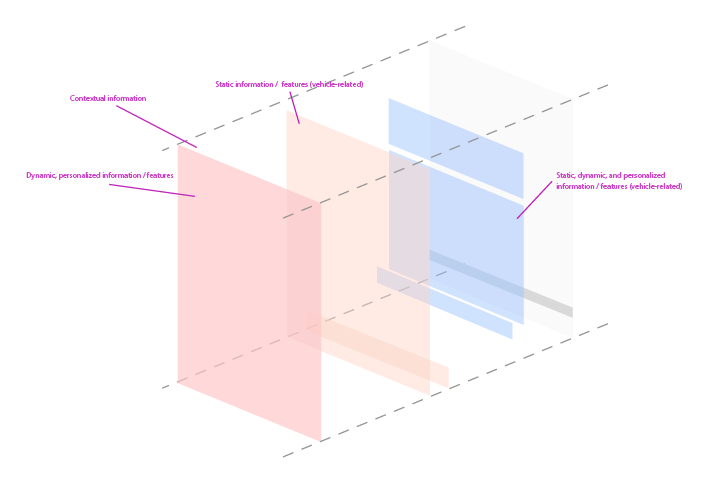FF91
Organization : Faraday Future - Digital Product
Date : Apr. 2016 - Feb. 2019
Role : Senior UX designer
1. FF91

FF91 is Faraday Future’s first production vehicle. Built upon the company’s Variable Platform Architecture (VPA), FF 91 represents a bold new breed of electric mobility that combines supercar performance, precise handling, the comfort of an ultra-luxury passenger vehicle, and a unique collection of intelligent internet features. FF EcoSystem integrates users’ digital lives into FF 91, giving access to the apps and content, while learning user’s preferences over time to create a smarter, more personalized experience.
As a member of the digital product team, I am tasked with the mission to deliver the vision of creating hyper-connected, smartphone-class experience that enhances every part of the FF experience for both drivers and passengers.
2. In-car UX design
Faraday’s Digital product team is not only in charge of the vehicle’s digital ecosystem, we also collaborate with interior, exterior deigners and engineers to adopt advanced UX design process to improve overall user experience.
FF91 has 8 digital platforms with 3 different OS that controls the vehicle and connects it to web and app. Therefore, while delivering great product UX design, it is also important to build solid design framework that can embrace design, product and engineering so that FF91 can have truly holistic user experience.
As a senior UX designer, my main contributions to the product have been the following:
-
Pitching Android Auto embedded as the core OS with design / technical analysis and prototype to the executives.
- Lead, conduct user research and user testing.
-
Leading the core OS framework design.
-
Designing FF’s native navigation app.
-
Educating the team on adopting rapid prototyping into the design process.
-
Leading sound design project, and delivering in-car sound UX.
-
Creating the hiring process for the team to hire the right talents.
3. User Research
User research is the essential part of FF’s design process. Since the car consists of smaller digital products, the team needed the best practice for user research motheds. I led the effort to define and templatize the process so that the team can easily plug in to their work flow. After going through many iterations, the process was narrowed down to two big stages; user interviews and driving videos. The 30 minutes to hour long user interview sessions collected general information, subjective opinions, and preferences of users in everyday driving expereince. Then we asked the candidates to take videos while they drive with action cams that we prepared. With the collected footages, we sit down with the participants and have in-depth discussion. This method have improved the team’s design process significantly.
4. Core OS Framework and Information Architecture
FF91’s center display is the command center for the entire vehicle. Its primary purpose is to serve the driver and co-driver needs.
The center display hosts 4 different digital layers:
-
Vehicle control layer contains all the vehicle related features such as climate controls, seat adjustments, windows control, and etc.
-
App layer hosts Android Auto embedded apps, such as navigation, media, communication.
-
Context layer is a layer commonly perceived as a status bar. It contains contextual information, and an access point to Persona assistant layer.
-
Personal assistant layer is where AI-based personalization features and voice interaction are hosted.
In order to create a coherent product, I started with building an interaction model with multiple UI layers as below.



5. Design principles
As I was developing interaction models and design systems that would be the foundation of the design team’s future works, my focus was heavily on establishing a solid set of design principles in simple words.
- Safe: This was the most important, ultimate principle that influenced everything we designed. While we actively collaborated with the ergonomics team, tested and measure the safety, I took a close look at the psychological side of it as well. How much a driver feels safe isn’t necessarily equal to how he or she is objectively safe from the ergonomics point of view.
- Smart: The driver should always be able to find relevant features and information without effort. This could mean the vehicle would actively personalize experiences according to the driver’s context, as well as it would use an appropriate visual design system to help critical information stand out.
- Integrated: The digital layer has to be full integrated with the vehicle as well as the user’s everyday life through mobile companion apps, web a
